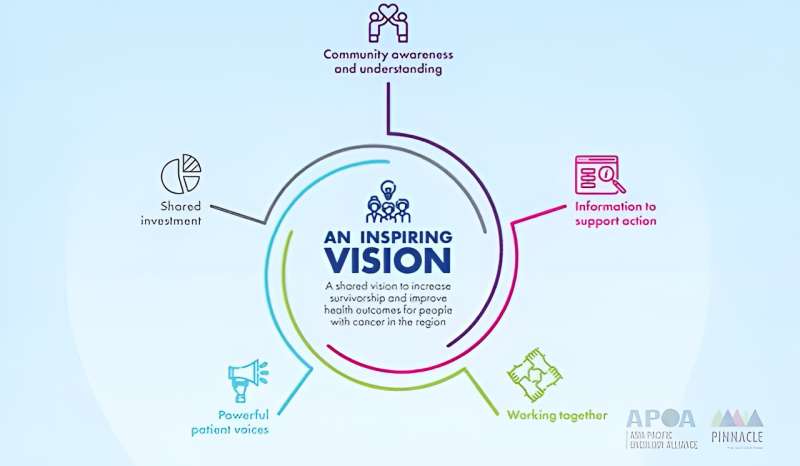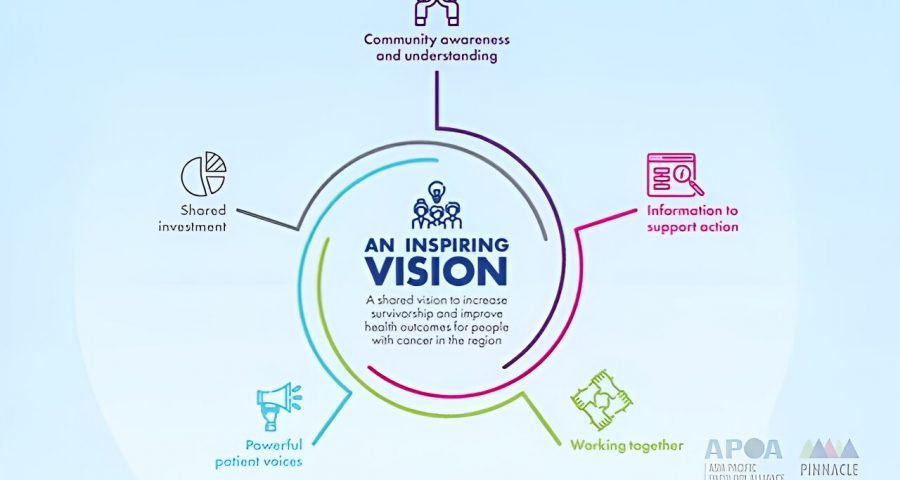
https://youtube.com/watch?v=_H2zRTsze74%3Fcolor%3Dwhite
- How patients can be directly involved in assessing the value of new treatments, services, or policies to save lives in different countries across the region.
- The ways patients’ needs can be considered more holistically. For example, a needs assessment tool for Breast Cancer in Malaysia is helping to identify patient needs related to emotional support, social and intimate relationships, hospital appointments, personal care and health, and information and services.
- How local doctors are important leaders to fight misinformation, advocate and share the best evidence around cancer and treatment in the region. For example, in Vietnam a network of doctors, medical students and volunteers are working to improve cancer-related literacy at the community level.
- That local community leaders and volunteers can make a huge difference, with one collaborative in India helping to mobilize the community and set a standard for palliative care to become more readily available for the patients who need it.
- Improving access to treatment options using innovative approaches and shared investments, for example the Access to Oncology Medicines work to sustainably increase the availability, affordability, and appropriate use of cancer medicines in lower income countries.
- The needs of patients beyond medical treatment:
- The Hope Foundation, a patient organization in Taiwan, created a dedicated website to recognize the unique needs of younger people diagnosed with cancer, specifically in relation to fertility, after 40% of patients reported inadequate access to information.
- The development of resources and support specialists for workplaces and patients in Japan to increase the ability for people to return to work or to balance treatment and work commitments.
Source: Read Full Article
